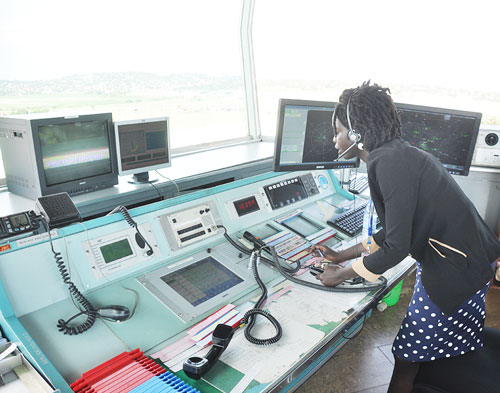This Directorate delivers a range of air navigation services under four departments and one unit:
- Air Traffic Management
- Aeronautical Information Management
- Communication, Navigation, Surveillance
- Safety Management Systems
- Research and Development Unit
Associated with the Directorate is the National Meteorological Centre that provides weather information for use by pilots during pre-flight briefing and in flight

